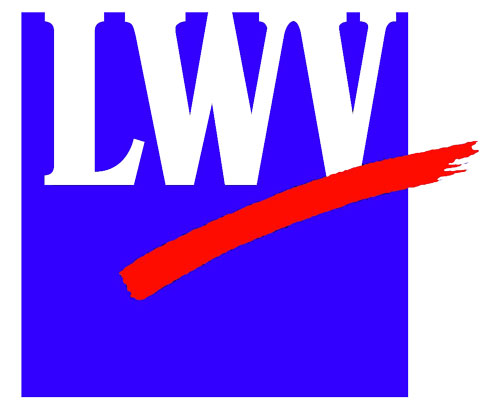Blog
Popular Green Issues Films Are Back

After a two-year hiatus due to the pandemic, the Green Issues film series, co-sponsored by Montgomery County League of Women Voters and Wabash College Library, return this summer with four engaging documentaries about issues affecting our natural world. Films show at 7 pm in Korb Classroom in the Fine Arts Center at Wabash College. They are free and open to the public. Parking can be found just south of the Fine Arts Center (on the east side of Grant Street, just north of Jennison Street).
The series begins on Tuesday, June 28 with Kiss the Ground. This documentary focuses on the many ways we can raise awareness about our degraded and vanishing soils and, most vitally, how we can rebuild and improve them. Although contemporary, industrial farming practices change the soil dramatically, there are simple, straight-forward things that individuals and growers can do to return soil to its former healthy state. Currently most fields under conventional cultivation (and so experiencing multiple tillings and amendments) have few microorganisms. Microrganisms are the barometer of soil health. When soil can be used to sequester carbon rather than release it into the air, we benefit directly. The film illustrates several simple solutions being practiced. Composting, cover cropping, and other less familiar techniques are immediate and doable. They have the potential to change the trajectory in a positive way. “To cure our climate we need to cure our soil.” Movie run time: 1 hour, 24 minutes.
On Wednesday, July 13, viewers will see Built to Burn. Wildfires are getting worse in the United States, especially in the west. After decades of fire suppression, fuel has built up, fuel in the form of plants that die and dry out in the hotter, drier climate. Some plants in the west have evolved to require fires to burst their seeds for propagation—they are “built to burn.” This points to the need for solutions other than suppression. When Karen Gunther, our discussion leader for Built to Burn, was growing up in California, she notes that they “had three seasons: the wet season from November through March, the dry season from April through June, and the fire season from July through November.” Nowadays fire season is lengthening, and in some parts of the west is almost year round. The film asks whether we humans can learn to live with these fires. It explores when it is appropriate to set fires intentionally, reducing fuel in a controlled manner, something that Native American peoples of the region have done for millennia. Move run time: 52 minutes.
Later in July, after field and forest forays, viewers will travel to the ocean with the third film, Nausicaa: Staging the Ocean’s Biodiversity. It will be shown on Tuesday, July 26. Nausicaa is the largest public aquarium in Europe, located in northern France, and is a UNESCO Center of Excellence. It has undergone an extensive renovation and now provides a gigantic tank (2.6 million gallons) that technologically recreates nature itself, including cycles that replicate day and night and the seasons. The aquarium contains 1600 separate species and 60,000 individual animals. In addition to exposing humans to the oceans’ biodiversity, Nausicaa helps to regenerate endangered species that will be returned to the ocean from where their species originally came. Movie run time: 52 minutes.
The final film on this year’s series documents a personal odyssey through the Grand Canyon. On Wednesday, August 10, views will experience Into the Canyon. The filmmaker and a friend hike its 750-mile length. The film not only explores human endurance but also the ecology of the Grand Canyon and the threats that this enormous geological feature faces from climate change and human intervention. All eleven Native American tribes with connections to the canyon strongly believe that the natural state should be preserved. Developers who wish to cash in on the international popularity of this extraordinary place want to build an easily accessible, “below-the-rim” experience for tourists. Miners press to extract uranium ore. The filmmaker/hiker explores these highly differing scenarios. Move run time: 1 hour, 24 minutes.
Each Green Issues film will be followed by a discussion led by an informed League member. Excellent discussion among audience members has been a key feature of these programs in the past. We hope you will join us for any or all of Green Issue Films, 2022.
The League of Women Voters is a nonpartisan, multi-issue political organization which encourages informed and active participation in government. For information about the League, visit the website www.lwvmontcoin.org; or, visit the League of Women Voters of Montgomery County, Indiana Facebook page.
